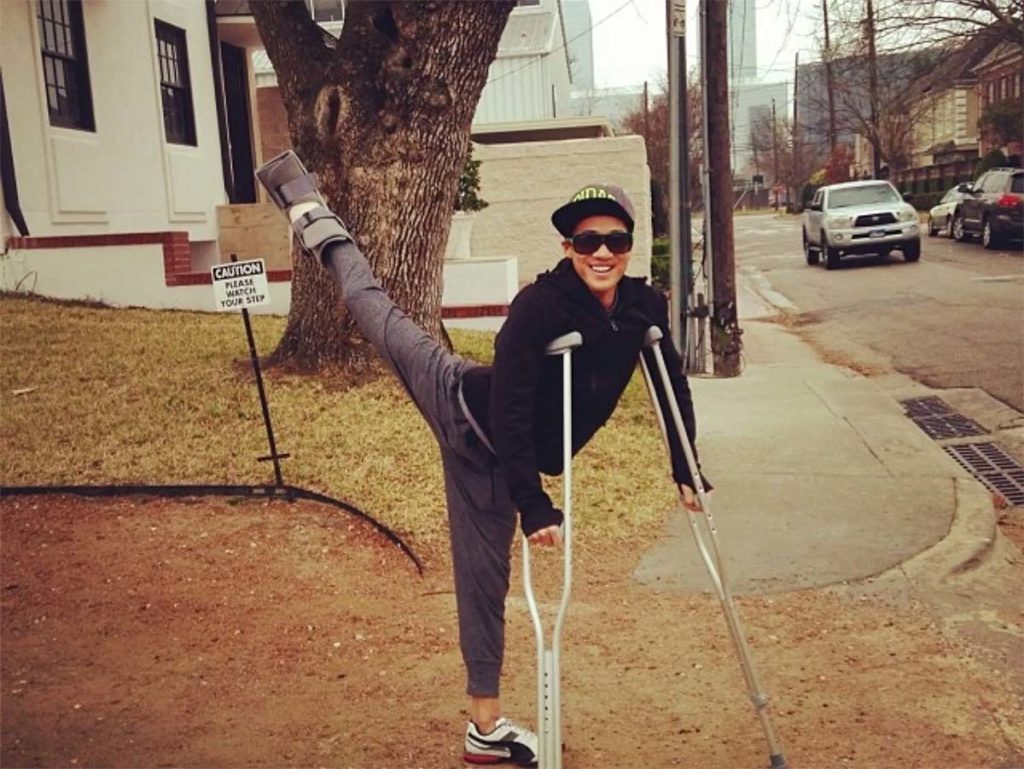Published in Dance Magazine, February 2020
When dancers come to Dr. Shah’s clinic, she looks at their technique above and below their injury. “A lot of times dancers get injured because of imbalances in their muscles,” she says. “While acute injuries are usually freak accidents, chronic injuries have to deal with weaknesses in flexibility, etc. I look for the cause found in their dancing so they can correct it and come back stronger.”
It felt like something out of a movie. One week before our studio’s yearly benefit concert, my dance friends and I stood awkwardly at a local high school party when the music to our competition-dominating jazz routine came on. Obviously, we had to perform.
Just as we finished with a synchronized strut, my flip-flop slipped out from my foot, twisting my ankle until I heard an unmistakable pop. My foot was broken.
The next six months passed in a blur of teen angst, casts, crutches and physical therapy. I’d once been told that a day off in dance was like a week off in any other sport, and my mind was constantly calculating the deficit.
It turns out that person was wrong. Roughly one year post-injury, I was back onstage performing with better technique than I’d ever had before. My movement was more fluid, my storytelling more truthful and my confidence more evident. A few months later I landed my first professional job with Odyssey Dance Theatre in Salt Lake City, Utah.
My story isn’t an anomaly—in fact, according to Selina Shah, MD, sports medicine physician for AXIS Dance Company and Diablo Ballet, injuries tend to make dancers better than they were before.

